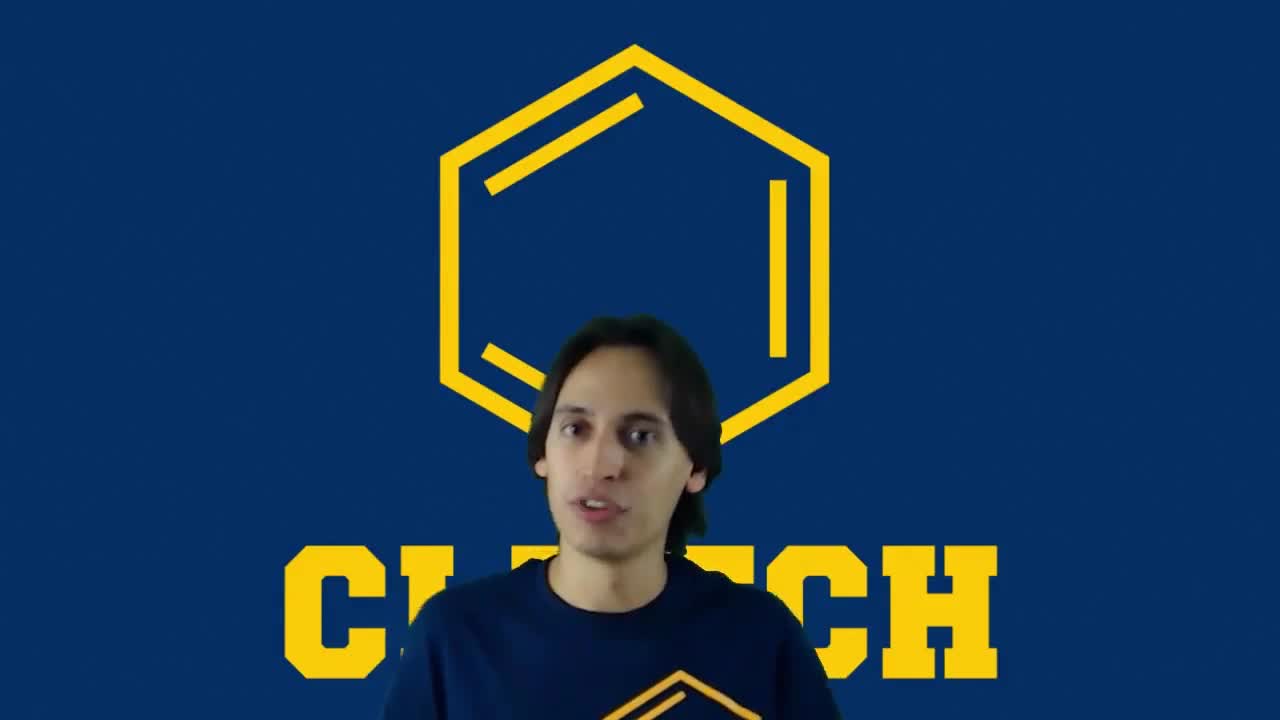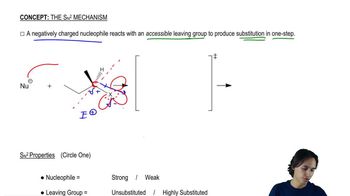Which member in each pair in [PROBLEM 9-68] is a better leaving group?
a. H2O or HO−
b. NH3 or H2O
 Verified step by step guidance
Verified step by step guidance Verified video answer for a similar problem:
Verified video answer for a similar problem:



 3:06m
3:06mMaster How to use the factors affecting acidity to predict leaving group ability. with a bite sized video explanation from Johnny
Start learning